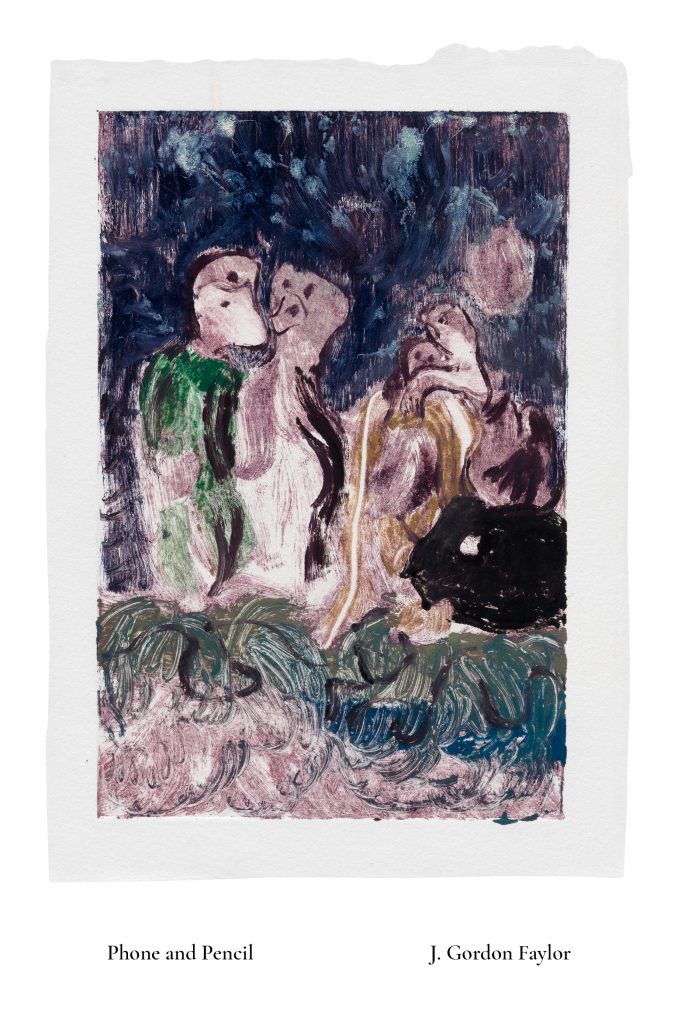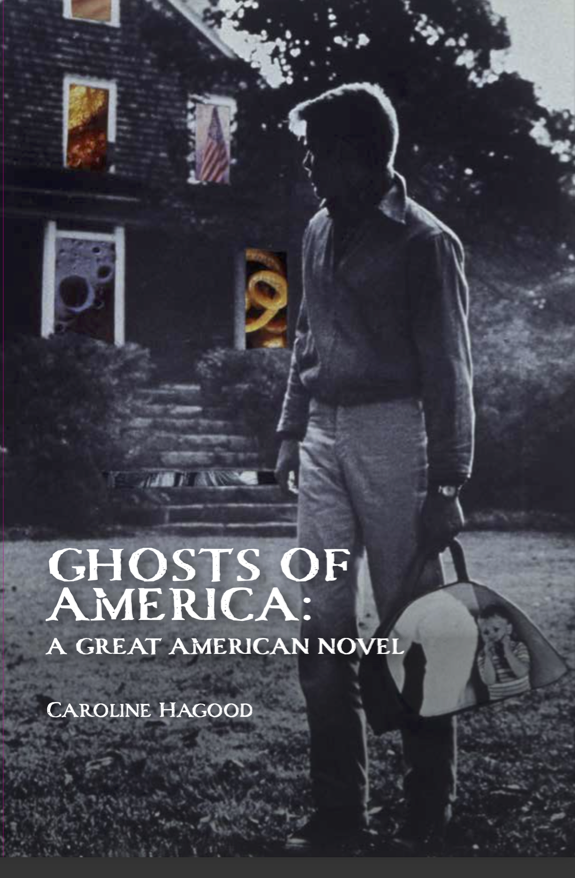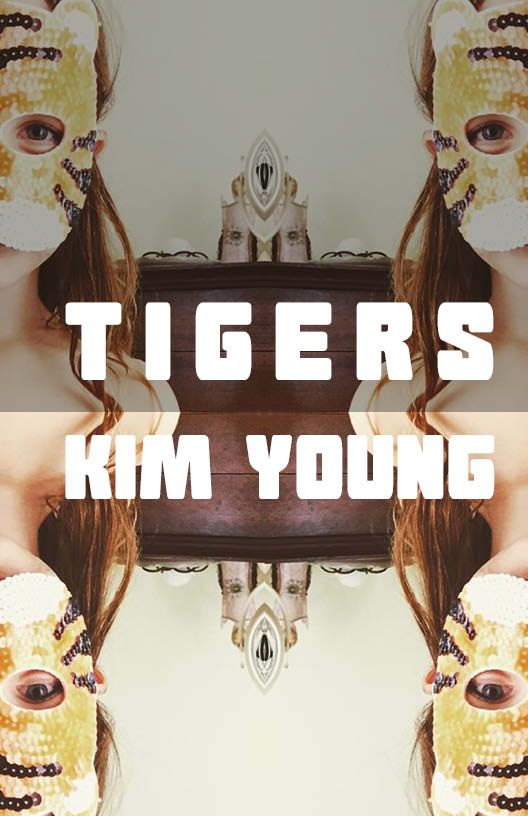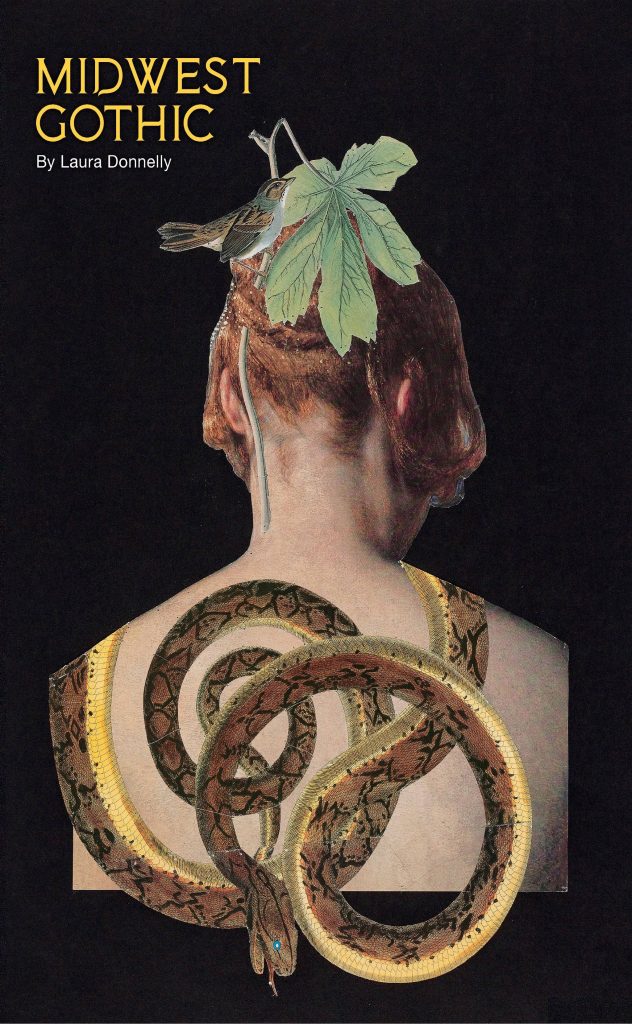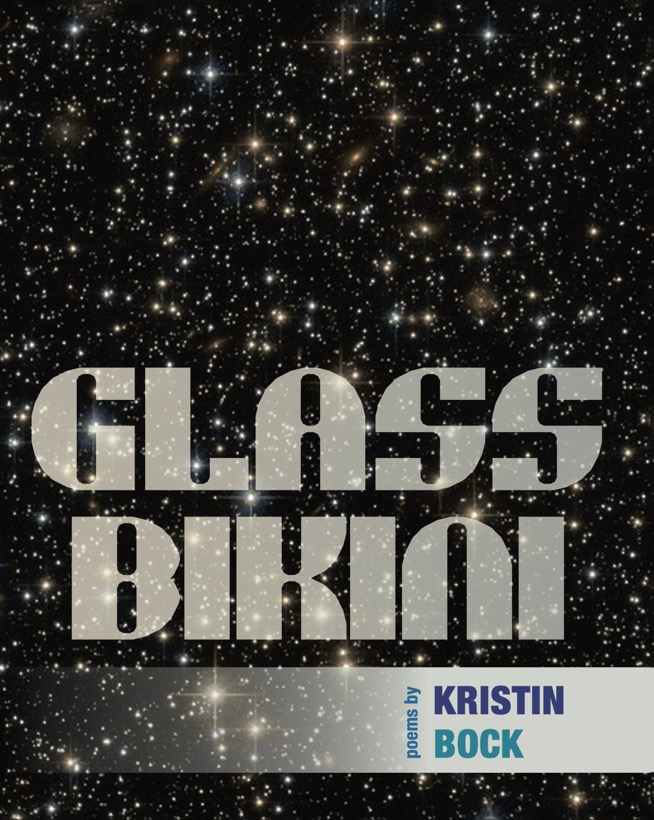
REVIEW BY CATHERINE IMBRIGLIO
—
In 1949, at a Berkeley symposium on poetry, the young Jack Spicer complained about the smallness of the audience for poetry. Poetry should be as entertaining as popular culture, he argued. “The truth is that pure poetry bores everybody,” he said. “It is even a bore to the poet.” Instead, according to Spicer, poets “must become singers, become entertainers.” If poetry managed to be more generally entertaining, Spicer thought, it would be less insular, it would have many more readers.
The situation for poetry hasn’t changed that much since 1949. Though in the US today there are more outlets for poetry than in Spicer’s time and many vibrant nationwide poetry communities and festivals, it’s probably a safe bet that most of the audience for poetry consists of people who write or have written poems themselves. In terms of the general US populace, poetry has sunk into a mighty insignificance. (I’d be very happy to be wrong about this.) One only needs to look at the NY Times’ list of 100 notable books of 2021 for evidence. (Two books of poetry made the list.) Or look for the poetry section in one’s favorite bookstore or local library. What’s there? (The Boston Globe, which lists 20 best poetry books for 2021, appears to be one of the few media outlets that take contemporary poetry seriously.)
If Spicer is right and entertainment is an essential factor for increasing poetry’s readership and significance, Kristin Bock’s Glass Bikini is more than up to the task. Her book is disturbingly entertaining, in a rubbernecking at the accident sort of way. The book delights in picking apart illusions of humanity’s goodness, dignity, and value, instead presenting us with a nightmarish, absurdist poetry that is as bizarre as it is horrifying. In Bock’s inside-out, upside-down, Lewis Carroll-ish scenarios, humans are the deadly accident, the catastrophe. Art is the first thing to go: the opening poem “Overcome,” with its biblical overtones, starts the book off with a whacky sense of belatedness and loss. With art gone there is little left that provides us with the inspiration for changing what got us to here. Museum galleries have empty walls. People are entertained by the degrading antics of other human beings. They piss in DuChamps missing fountain, weep “for what might have been”:
And it came to pass, art became extinct. Still, we flocked to museums and stared into barren rooms. Look! Someone would exclaim. There’s a man rolling around on the floor, acting like an unbalanced washing machine, knocking into things and coughing up wet rags. Isn’t it horrifying? Oh, yes, excruciating, someone would yell out. People whizzed in Duchamp’s missing fountain. They blew each other like whistles where L’Origine du Monde used to hang. They wept under restroom signs for what might have been. People shredded their clothes, oozed from chandeliers. … And thus began the gnashing of hair and the pulling of teeth that lasted for the rest of the unknown world.
(My ellipsis, Bock’s italics)
The poems that follow, some with ghoulish titles such as “Snuff Poem,” “Everything Coming Up Rifles,” “The Killing Show,” “Postcard from the Coffin” pull us along with their inventive, unsettling strangeness. Monsters, mannequins, dolls, robots – the almost human – populate many of the book’s poems, in competition with actual humans. (The humans are losing.) The book’s overall atmosphere is menacing and creepy, often involving the human body’s dismemberment:
No, those are not starfish scattered on the sand.
Those are hands curling in on themselves, making
little nests on the beach. Sometimes, they scuttle
away to cut off other hands.
(“The Island of Zerrissenheit”)
Along the same lines, in another poem Bock cuts up body parts to chart humanity’s eventual evolutionary demise:
Some time after the extinction of whales, babies were born in pieces. Lungs, feet, spleen all separate and in heaps. We dumped the remains of our babies in the woods, in the fields and into the seas. To our dismay, the single parts rose and animated. Heads without necks rolled around trying to connect with other parts. Hearts, arms, and tongues crept over the Earth in grotesque parades. Organs and limbs clumped together and survived for a time. …
(“How Rabbits Finally Took Over the World”)
At the same time, Glass Bikini is darkly humorous, provocatively so. (Think Jonathan Swift, A Modest Proposal.) The humor here is double-edged. While Bock makes it clear that humor may be one of the few psychic defenses left in times of existential crisis, she also dilutes its power by reminding us of some laughter’s underlying cruelty. In one of the poems that I see as central to her project, she stages an evolutionary reversal, with humans trying to escape back to their watery origins. The poem starts at a party, where the speaker’s mother “curls into a set of ovaries and vein-blue tubes.” The speaker picks up her mother and carries her upstairs. What follows is a laughter that is deeply disturbing:
…. I drop my mother, and everybody laughs. It’s just so funny. She slumps over and throbs in the corner. My brother slouches toward her. I try to grab him by the stumps, but they are slick from the forewaters. I keep dropping him in the rising muck. Everyone is convulsively laughing. We can’t stop. We slip, go under. It’s hilarious. All of us grabbing onto each other. All of us ill-made, laughing, and trying to get back inside.
(“Get Back”)
“Get Back”’s suggestion that humans are “ill-made” comes up in other poems. In “Belief Is a Default Setting,” newly-made human replicas “sense something ugly and festering in the heart of a friend. Where there is none.” In “Prometheus Report,” human characteristics are explained by mutations in the genes: “Do you have the M-T-H-F-R mutation? You know, the “Motherfucker” gene? You can’t detox with that one.” Such deterministic notions of genetic composition, begging the question of whether human life is worth preserving, place Bock’s work within a distinguished line of dystopian writing. Kurt Vonnegut’s Galapagos immediately comes to mind. (In his book, humans end up as seal-like animals, with no hands.)
A reader might understandably wonder if the book provides any relief from the near-apocalyptic visions which dominate most of Glass Bikini’s poems or if the book is a complete downer. I would say there is a modicum of relief, if one looks carefully. I’ll point out two possibilities. The first is the poem “Invitation,” where Satan is unexpectedly the hero. On Monday through Saturday, Satan takes out the garbage of the world. On Sunday, he writes a short note to the “Dayside Creatures,” a note with lovely lyric simplicity that stands out against the horrors in the surrounding poems:
I am a boy who lives in the woods.
I’ll leave the moon on
all night among the leaves.
The other poem I want to mention, “The Inside-Out,” is also lovely, though sadder and much more complicated. It could be read as a commentary on the book as a whole, in that it validates the imagination via a “dark specter” that “grows so heavy inside, it’s hard to carry around, hard to bear through the dream of the inside-out, where the wind whistles through the bones of birds choking on their own feathers….” It’s imagination, even a delusional or despairing one, that compels one to carry on with one’s life, “as if no one can see it beating you down.” The fact that such imaginative poems, however outrageous, actually exist in Glass Bikini – the book’s pages are obviously not blank, in contrast to the barren museum rooms of the book’s opening poem – gives us at least some short term hope that readers might be moved by Bock’s scathing critiques of our cultural moment. (See the poem “Pluto” for a catalogue of human miscreants.) Like the Emily Dickinson quote that Bock uses as an epigraph to one of her sections (“Tis so appalling – it exhilarates -“), this collection is unsettling, but by no means boring. It demonstrates that the comedic mixed with horror can be more scary and enthralling, more memorable, than pure solemnity.
—
Catherine Imbriglio is the author of two books of poetry, Parts of the Mass (Burning Deck), which received the Norma Farber First Book Award from the Poetry Society of America, and Intimacy (Center for Literary Publishing), which received the Colorado Prize in Poetry. Her poetry and criticism have appeared in After Spicer (John Vincent, ed.), American Letters & Commentary, Aufgabe, A Broken Thing: Poets on the Line, Conjunctions, Contemporary Literature, Denver Quarterly, Epoch, Green Mountains Review, New American Writing, Pleiades, West Branch, and elsewhere. A selection of her poetry was anthologized in the Iowa Anthology of New American Poetries, ed. Reginald Shepherd (University of Iowa Press). She is a senior editor in poetry for Tupelo Quarterly.
![[PANK]](https://pankmagazine.com/wp-content/themes/pank/assets/images/pank-logo-large.png)



